New tastes and scents are an important part of the travelling experience.
These days, the UK supermarkets offer consumers a wide selection of international products. But it is travelling that gives people the unique opportunity to try local food which you cannot get anywhere else. We take our food seriously when we travel; eating local food is crucial in knowing a country.
So, what is France famous for? Yes, cheese (fromage) and we love it. Since we landed in France, we have been buying different types of cheese in the supermarkets. Some of them we know and like, but we have still tried them here to see if they taste any different in their original home country.
Our cheese tasting experience has, so far, lasted eight days since we have travelled around France. It has been entertaining and delicious. The one disadvantage – apart from clotting our arteries – is that Dora’s fridge stinks. Every time we open it it feels like a punch in the face; it is that bad that Gary and I warn each other so that we can get out of Dora, if necessary, to breath fresh air. We fear, as they evolve, the cheeses might crawl out of the fridge on their own. Fortunately, they taste better than they smell.
Here are the ones we have tasted so far together with our opinion about them. We will update you on new cheeses we taste as we go along. So far these have been from supermarkets and we hope that we may get the opportunity to buy some from markets or farms.
1 – Camembert
We read a bit about this cheese on the ferry over to France. This delicious creamy cheese bears its name of the small village it was born – Camembert, in Normandy. Traditionally, it was made out of milk from the Norman breed known as ‘les vaches a lunettes’ (cows with glasses) because of their distinctive brown patches around their eyes; although these days, they mix this milk with that from other cow species.
Its story goes that in 1791 a young diary farmer’s wife, Marie Harel, developed the cheese from a recipe given to her by a priest fleeing the French Revolution. The farmer’s wife suggested a rind would help conserve the local runny cheese which enable it to be sold further afield. The recipe passed through generations. In 1863, the Marie’s grandson presented a plate of camembert to Napoleon III and he loved it, to the extent it became the most popular cheese of all of Paris and beyond.
As we know, camembert is now famous, mainly due to the characteristic wooden box that meant the cheese could travel far beyond the shores of France.
Suggestions given on how to buy your camembert:
- Look for ‘lait cru’ (unpasteurised milk- hmnnn very dangerous in this health and safety conscious world, this is probably banned in the UK).
- Look for ‘moule a la louche’ (ladled by hand- you wouldn’t want any nasty machine ladling your cheese).
- Take the lid off, touch and sniff.
- Decide how ripe you like your cheese by looking at the date
As the cheese matures it becomes stronger in flavour and smell. The white bloomy rind, that is typical to Camembert cheese, is meant to be eaten with the cheese. So far, this is our favourite.
The cheese appearing in the photo is our second camembert. The first one we bought was made with pasteurised milk as a the evil one, with unpasteurised milk, wasn’t available. Both types are similar in flavour – probably unpasteurised milk slightly stronger– .We think that the difference lies more on the texture. The latter, although still smooth and milky is firmer, with a crumble line in the middle. The rind is also more solid.
On the nose you get odours of gone off milk, wax paper.
On the palate you get a rich and buttery flavour, with a nutty hint on the finish.
2 – Petit Munster Gerome
Similar appearance to Camembert cheese. A darker rind and body with an almost orange tinge. Creamy and slightly smoky on the finish, this lingers on the palate for some time, often days. As the cheese matures, the odour gets rapidly stronger, but it doesn’t really get any more powerful in flavour. This one is to blame for making Dora smell.
3 – Cantal Entre-deux
A hard cheese from the Cantal region. Strong and tangy with a faint hint of almonds and walnut at the end. Getting towards a Parmesan in texture, but not quite as rich. This one also grows in age, we didn’t let it go that far; we scoffed it pretty quickly.
4 – Reblochon de Savoie
Another creamy cheese, but not to the extent of the camembert. This has a lightly washed rind. The body has a soft centre. Traditionally made out of cow milk, full in flavour without being too strong.
5 – Morbier au lait cru
This was very disappointing. We chose it mainly for its faint blue line in the middle, hoping it had the saltiness and sharpness of the blue cheese; nothing like it. In our opinion, this tastes quite young, and it lacks flavour and character. It is still in the fridge, although it will go eventually – maybe when our cheese reserves run out – We are hoping that it may learn from its colleagues and grow to be a bit more robust. The advantage is that it doesn’t smell, even though we bought it a week ago.
6 – Mature Cheddar
And last, but certainly not least, our well-loved British mature cheddar which although not French, it is part of our cheese set. We bought a kilo of it in the UK for £3.00, the joys of Lidl. We have only gone through half of it, and we envisage we may still have some left over when we leave France. This is not because we do not like it, the sheer quantity scares and intimidates us.
Consistent and reliable in flavour and smell, it tends to have a sharp, pungent flavour, often slightly earthy. Ideal to have it on its own or accompanied with savoury crackers. Add a bit of pickles in a baguette for a traditional British ploughman. In my opinion, the best cheese for a cheese sauce as it melts nice and quick without losing its flavour. We also continue to use it on pasta dishes. For Gary it is a connection to home.
What is your experience on these cheeses? Do you have anything to add or any you can recommend? This does not have to be just French, we would like recommendations for any countries?
SM

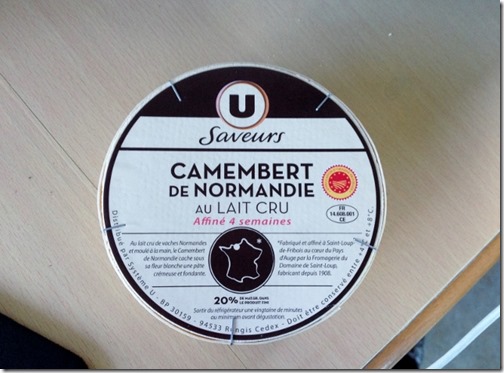
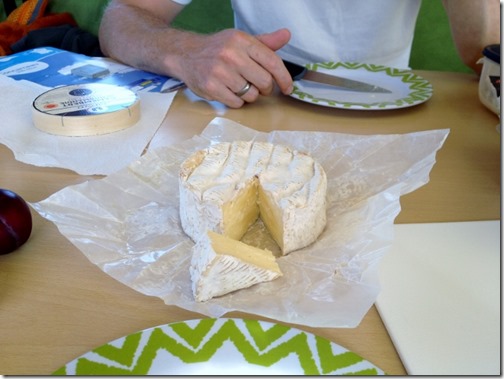
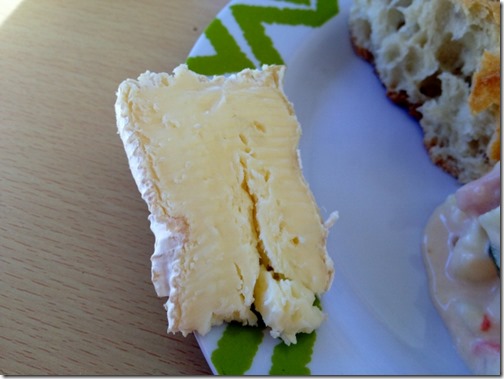
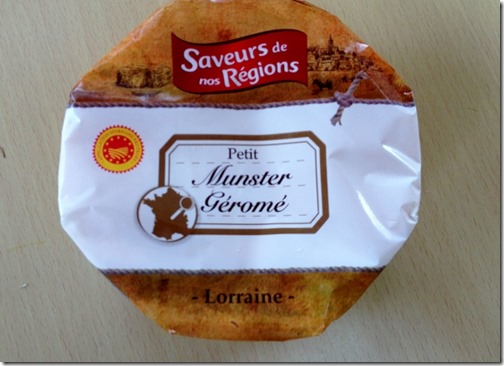
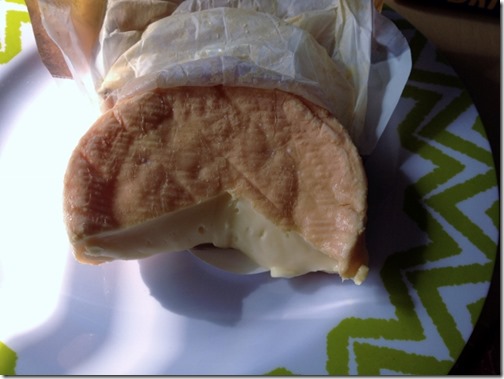
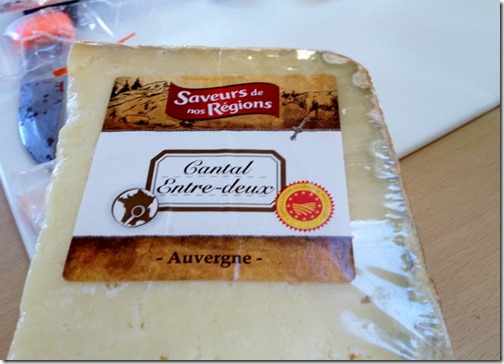
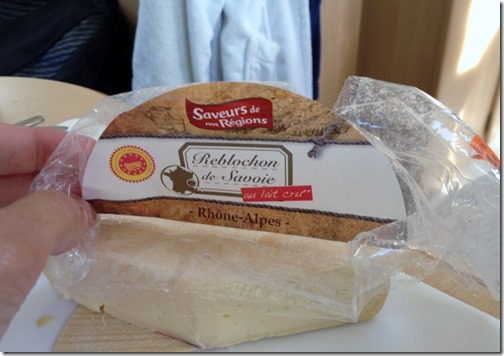
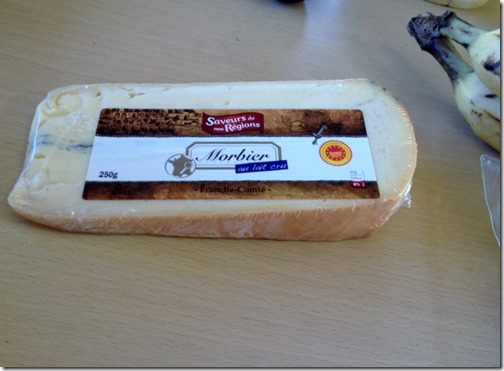
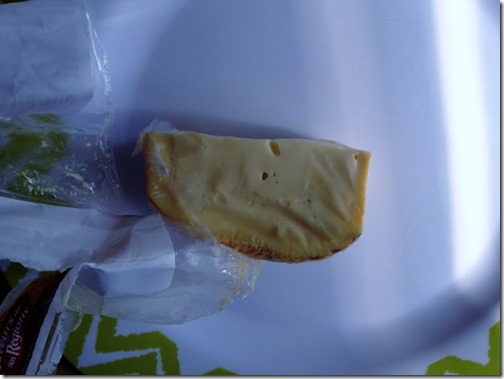
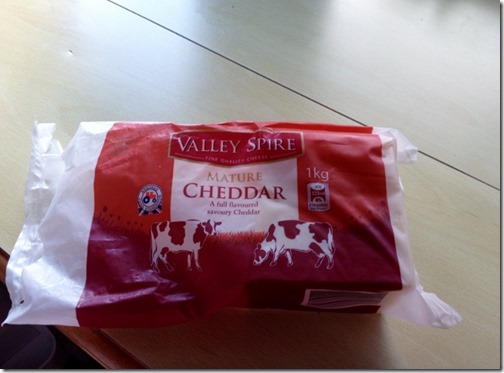
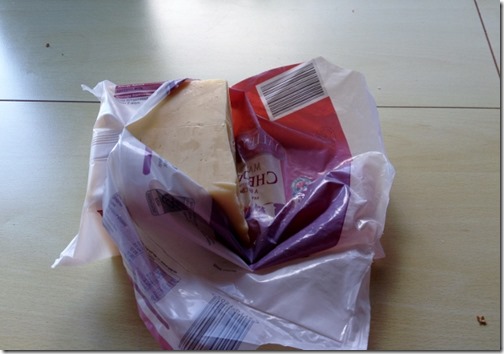






I agree with Isabel, goat cheese is a must to try. My favourites are: Crottin de Chavignol, Mothais sur feuille, Pouligny Saint Pierre, Sainte-Maure de touraine.
Gary if you’re looking for challenge, try this one! 🙂
Take a sliced piece of bread, put slightly some honey with some thyme on top of it, then the half of a crottin de chavignol . Put it in the oven and wait until the cheese is beginning to melt.
I would recommand to eat it with salad and tomatoes… Miam-Miam!
I tried to persuade Susana to get a Motorhome with an oven, but to no avail. I think she was worried we would be having traditional roast dinners every Sunday We then spent ages looking at thing that was meant to cook like an oven, the double skillet. Unfortunately the women that sells them is inept! This may have to have some cooking creativity on the hob or alternatively wait for Guisando and our oven there.
Which ever it sound delicious.
Regards
Gary
Keep functioning ,remarkable job!
Thanks for your comments and following us. We really appreciate it.
Regards
Gary
Hi there!
To help you with the Morbier, I suggest this recipe, easy to prepare if you have an oven.
Prepare boiled potatoes, once it’s cooked put it in a dish with the Morbier on top of it. Put the oven on grill and wait for the cheese to be melted. It won’t change the taste a lot but… It’s different ! To eat with ham and a “dry” white wine. Cheers!
We don’t have an oven. Poor Dora is European. they don’t cook with an oven over here….Gary
Hi Stephanie,
Thanks for your suggestion. Dora does not have an oven but we do have one in our house in Spain. We will buy one before we left France and try your recipe there.
Oh, don’t get me started… My mouth is watering right now!
First, nothing like a good cured Manchego!!
All the ones you showed look good too. I also love goat’s cheese and I’m sure the French must have really nice ones.
Bon appetit!
Patriotismo, chata. Eso esta bien!!
Manchego, We can get that in Sainsbury (and Lidl) tell me something I don’t know. Give us a challenge, Stephanie did. Missing you guys. Gary
El queso cuanto más olor tiene, mejor paladar, igualmente ocurre con el queso de cabrales en
Asturias , y la tarta del Casar en Extremadura . La diferenciá que existe , la torta del Casar es una crema que se estiende sobre una rebanada de pan, así suaviza el sabor fuerte que tiene.
Muchas gracias por tus sugerencias. Las seguiremos cuando lleguemos a España
Now we are talking….Hmmmn.
Eseo, Eseo….Hmmnnn.
Gary
Our favourite has got to be good old English strong cheddar. I am quite partial to Wensleydale especially if it is with cranberries and I do like feta. Not too fond of French cheeses except deep fried Camembert with plum sauce.
I sorta agree, and Susana is partial to a bit of the old crumbly UK stuff, seems far away now. We are loving the Camembert and waiting to get even more adventurous.
Love Gary
Unfortunately the rule with French cheese is the more it’s stink the more delicious it is. Try to get you cheese from local markets rather than supermarket if you can. Enjoy!
Thanks Sandrine. I agree with you. The more they smell the better they taste. We are hoping to get some from a local markets.
Take care
We will, we will. Today I saw just such a market but Susana was driving so too late!
Gary